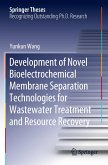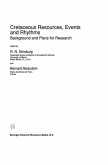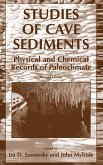Sulfide minerals are known to be the principal source of sulfur for sulfuric acid production; the backbone of industry. However, the presence of sulfides in mines and ores causes hazardous effects on the environment and on the economic aspects. That leads to a realization for the need to commercial control and/or separation of such minerals from these ores. On the other hand, the Cretaceous period witnessed a typical greenhouse period caused largely by increased CO2 from the elevated global igneous activity. These events caused a major warming peak and were called "Oceanic Anoxic Events". These circumstances of weakly ventilated restricted basins under regional anoxic conditions formed a preferred media for organic-rich sediments accumulation and ores those need reducing environment to be formed. As these conditions are typical environment for sulfides formation, these minerals will be associated with these ores and reduce its quality. This publication demonstrates a unique studyaimed for pyritic sediments characterization aiming for studying pyrite viability to be separated from Abu Tartur pyrite-rich sediments using gravity and magnetic separation methods.








